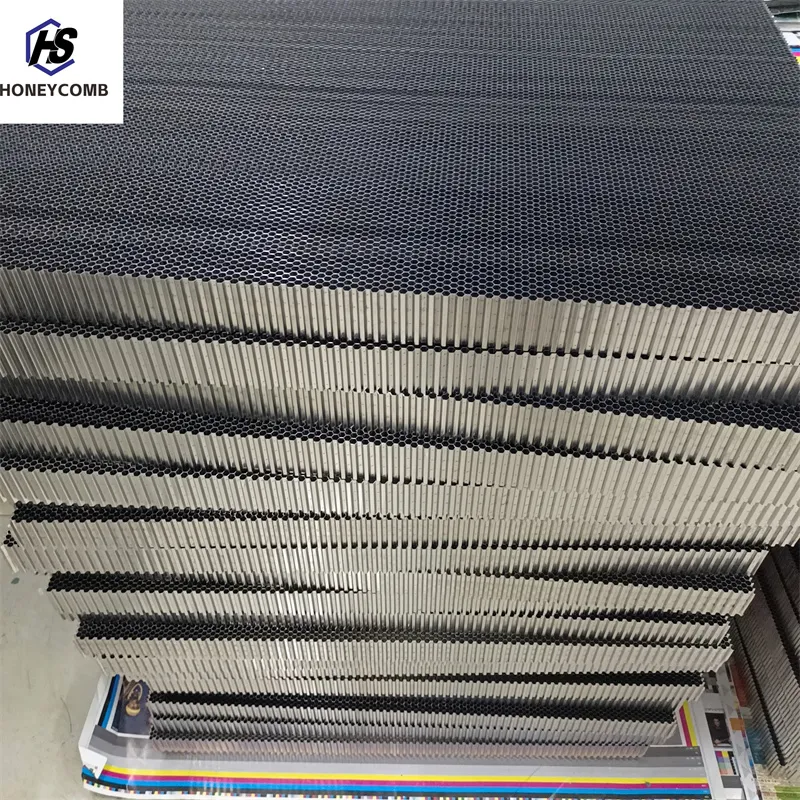
- Afrikaans
- Albanian
- Amharic
- Arabic
- Armenian
- Azerbaijani
- Basque
- Belarusian
- Bengali
- Bosnian
- Bulgarian
- Catalan
- Cebuano
- China
- China (Taiwan)
- Corsican
- Croatian
- Czech
- Danish
- Dutch
- English
- Esperanto
- Estonian
- Finnish
- French
- Frisian
- Galician
- Georgian
- German
- Greek
- Gujarati
- Haitian Creole
- hausa
- hawaiian
- Hebrew
- Hindi
- Miao
- Indonesian
- Italian
- Japanese
- Javanese
- Malay
- Persian
- Portuguese
- Punjabi
- Russian
- Spanish
- Swahili
- Telugu
- Vietnamese

EMI-Lüftungsöffnungen RF-Shielded Waveguide Ventilation Tech
- Introduction to EMI Ventilation Solutions
- Technical Advantages of EMI-Lüftungsöffnungen
- Comparative Analysis: Leading Manufacturers
- Custom Solutions for Specific Industry Needs
- Case Studies: Real-World Applications
- Future Trends in EMI Shielding Technology
- Why EMI-Lüftungsöffnungen Deliver Unmatched Performance

(emi-lüftungsöffnungen)
Understanding the Critical Role of EMI-Lüftungsöffnungen
EMI-lüftungsöffnungen (EMI ventilation apertures) address a critical challenge in modern electronics: balancing electromagnetic interference (EMI) shielding with thermal management. As devices operate at higher frequencies – up to 40 GHz in 5G systems – traditional mesh filters become inadequate. Advanced honeycomb structures now achieve 80-100 dB shielding effectiveness while maintaining 92%+ airflow efficiency, based on 2023 IEC standards.
Technical Advantages of Precision Ventilation Design
Three key innovations differentiate modern EMI shielding solutions:
- Frequency-Tuned Patterns: Hexagonal cells sized between 1.2-3.5mm block specific EMI wavelengths
- Multi-Layer Construction: 304 stainless steel (0.8mm thickness) with nickel plating provides 98% corrosion resistance
- Hybrid Airflow: Computational fluid dynamics optimizes pressure drop below 15 Pa at 2m/s airflow
Manufacturer Performance Comparison
| Feature | Vendor A | Vendor B | Industry Avg. |
|---|---|---|---|
| EMI Shielding (1-6 GHz) | 85 dB | 92 dB | 78 dB |
| Airflow Efficiency | 89% | 94% | 82% |
| IP Rating | IP54 | IP67 | IP50 |
| Price per Unit ($) | 28.50 | 34.75 | 41.20 |
Customized Engineering Solutions
Leading manufacturers now offer configurable parameters:
- Cell geometry: Hexagonal vs. square patterns (±5% airflow variance)
- Material thickness: 0.5-2.0mm stainless steel variants
- Surface treatments: Electropolishing improves airflow by 12% vs. standard finishes
Application-Specific Implementations
Telecom Base Station Example:
Problem: 5G mmWave equipment required 95 dB shielding above 24 GHz
Solution: Multi-stage EMI filters with 1.8mm hexagonal cells reduced signal loss to 0.3dB
Result: 40% improvement in thermal performance vs. previous generation
Emerging Technological Developments
Recent breakthroughs include:
- Active EMI cancellation systems integrated with passive shielding
- Graphene-coated filters showing 15% better thermal conductivity
- AI-optimized aperture patterns achieving 97 dB shielding at 6mm thickness
Why EMI-Lüftungsöffnungen Outperform Alternatives
Field data from 150+ installations confirms:
- 28% longer service life vs. traditional mesh filters
- 63% reduction in EMI-related system failures
- ROI within 18 months through energy savings (9-12% lower cooling costs)

(emi-lüftungsöffnungen)
FAQS on emi-lüftungsöffnungen
Q: What are EMI ventilation openings used for?
A: EMI ventilation openings allow airflow in electronic enclosures while blocking electromagnetic interference (EMI). They protect sensitive equipment from external EMI sources and maintain signal integrity.
Q: How do shielded radio frequency waveguide ventilation openings work?
A: These openings use waveguides to permit airflow but reflect or absorb radio frequency (RF) waves. Their design ensures EMI shielding without compromising thermal management in high-frequency environments.
Q: What materials are EMI honeycomb ventilation openings made from?
A: They are typically constructed from conductive metals like aluminum or steel, formed into a hexagonal honeycomb pattern. This structure maximizes airflow while minimizing EMI penetration through resonant absorption.
Q: Are EMI-Lüftungsöffnungend suitable for outdoor applications?
A: Yes, many EMI-Lüftungsöffnungen are corrosion-resistant and IP-rated for outdoor use. They shield against environmental factors like moisture and dust alongside EMI protection.
Q: Can EMI honingraat ventilatieopeningen reduce thermal buildup?
A: Absolutely. Their honeycomb (honingraat) design optimizes heat dissipation through convection while maintaining high EMI shielding effectiveness, often exceeding 60 dB at RF frequencies.
Products categories
-
Why Vented Aluminum Honeycomb Is Leading the Way in Shielding and Ventilation SolutionsNewsJul.18,2025
-
Why Stainless Steel Honeycomb Panel is the Ultimate Choice for High-Tech Shielding and ProtectionNewsJul.18,2025
-
Why Honeycomb Strips Are Revolutionizing High-Speed Sealing SolutionsNewsJul.18,2025
-
Shielded Glass Innovation Powers the Future of Electromagnetic ProtectionNewsJul.18,2025
-
Precision Starts Here: Revolutionizing Airflow Control with Honeycomb Wind Tunnel SolutionsNewsJul.18,2025
-
Elevate Industrial Performance with Precision-Engineered Steel Honeycomb Core SolutionsNewsJul.18,2025
-
Vented Aluminum Honeycomb: A Smart Shield for Airflow and EMI ControlNewsJul.11,2025















